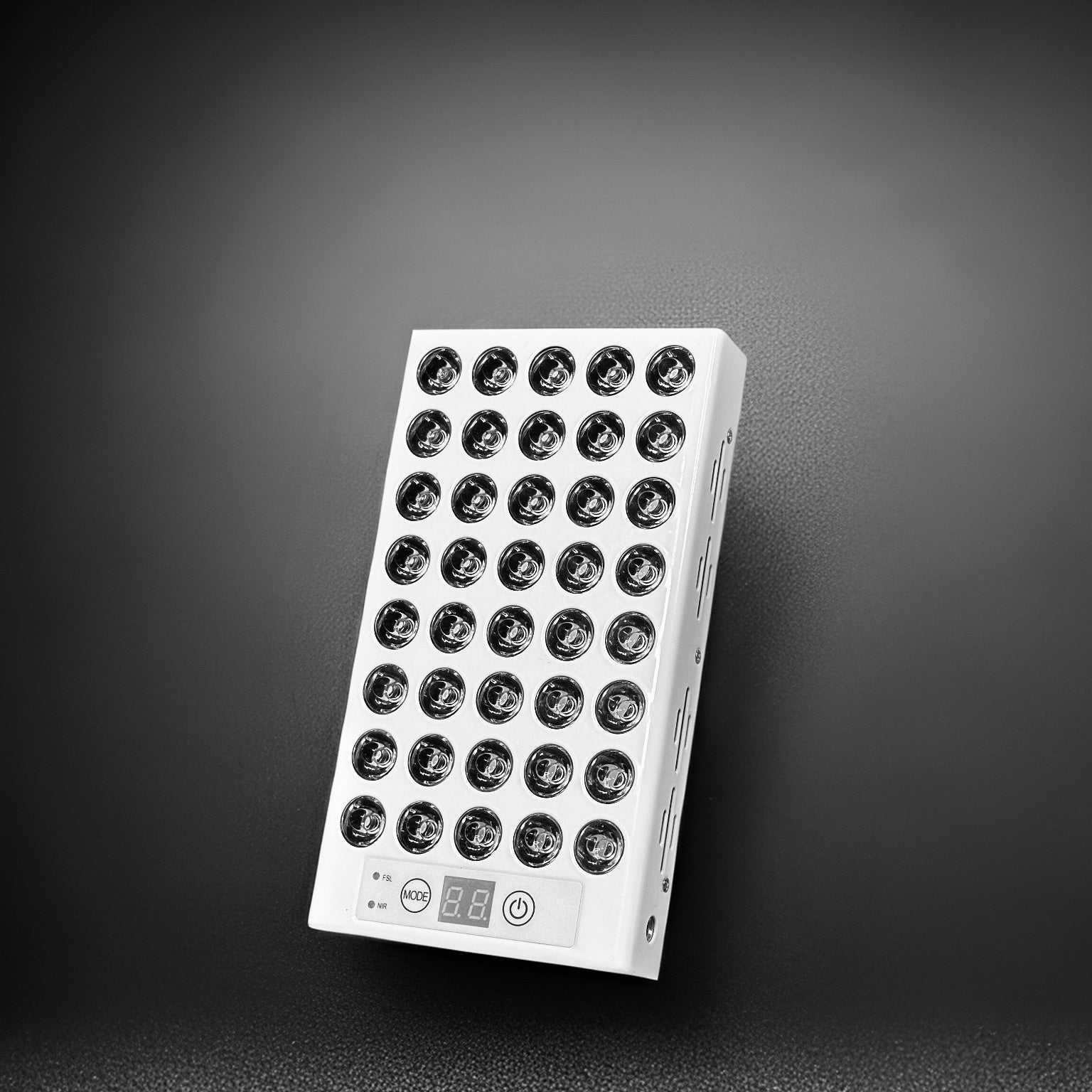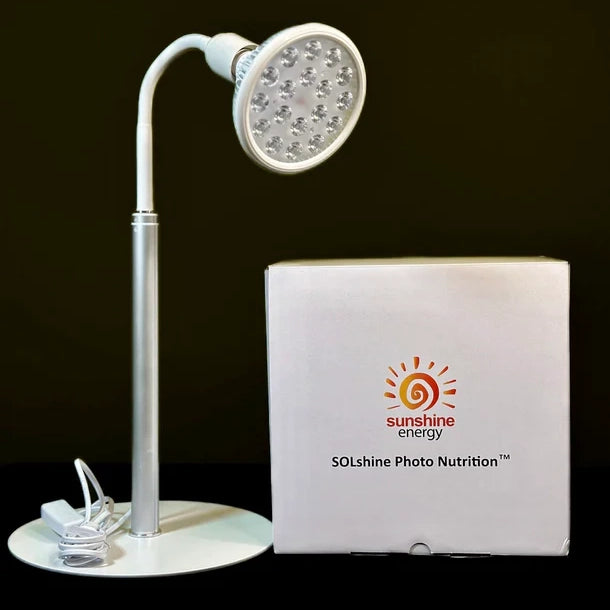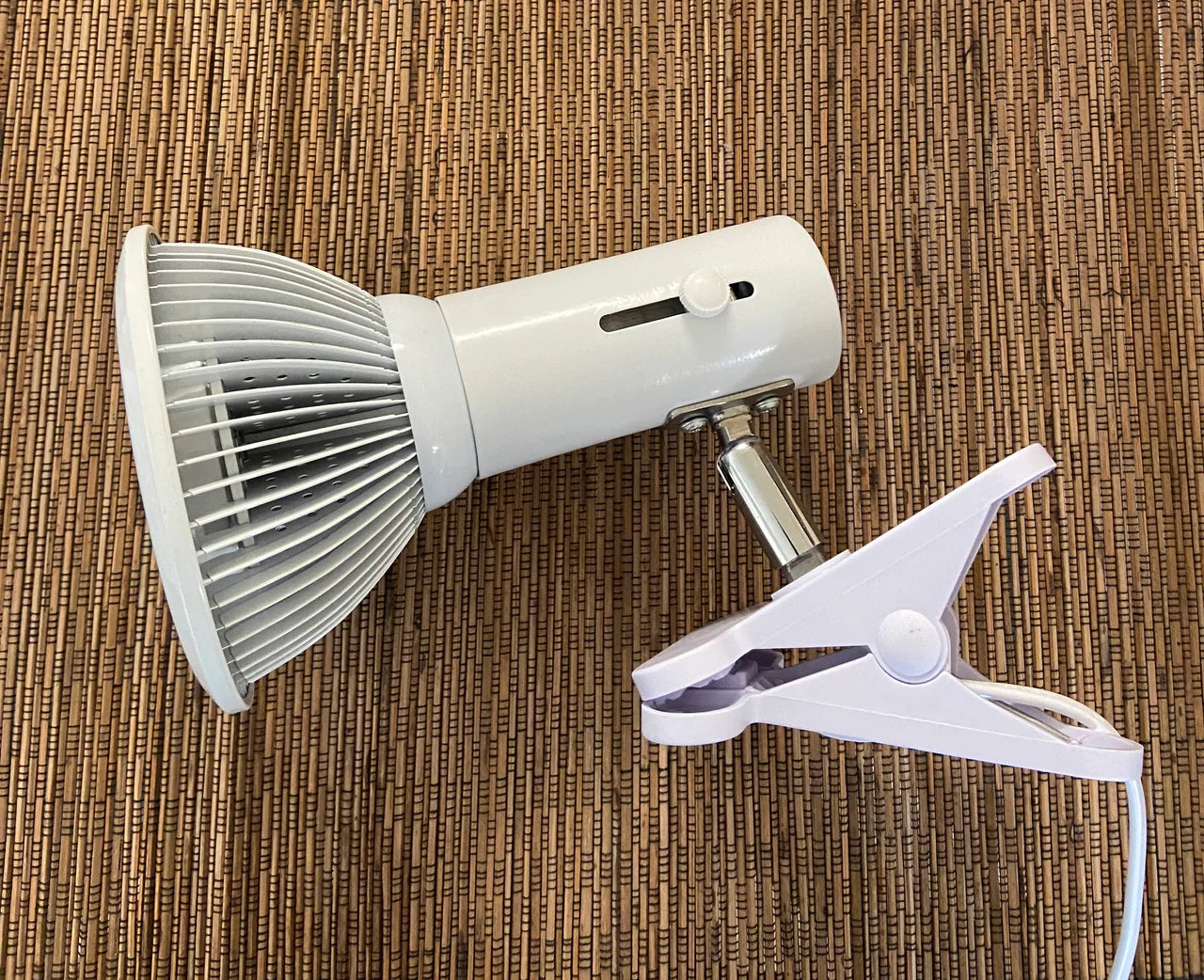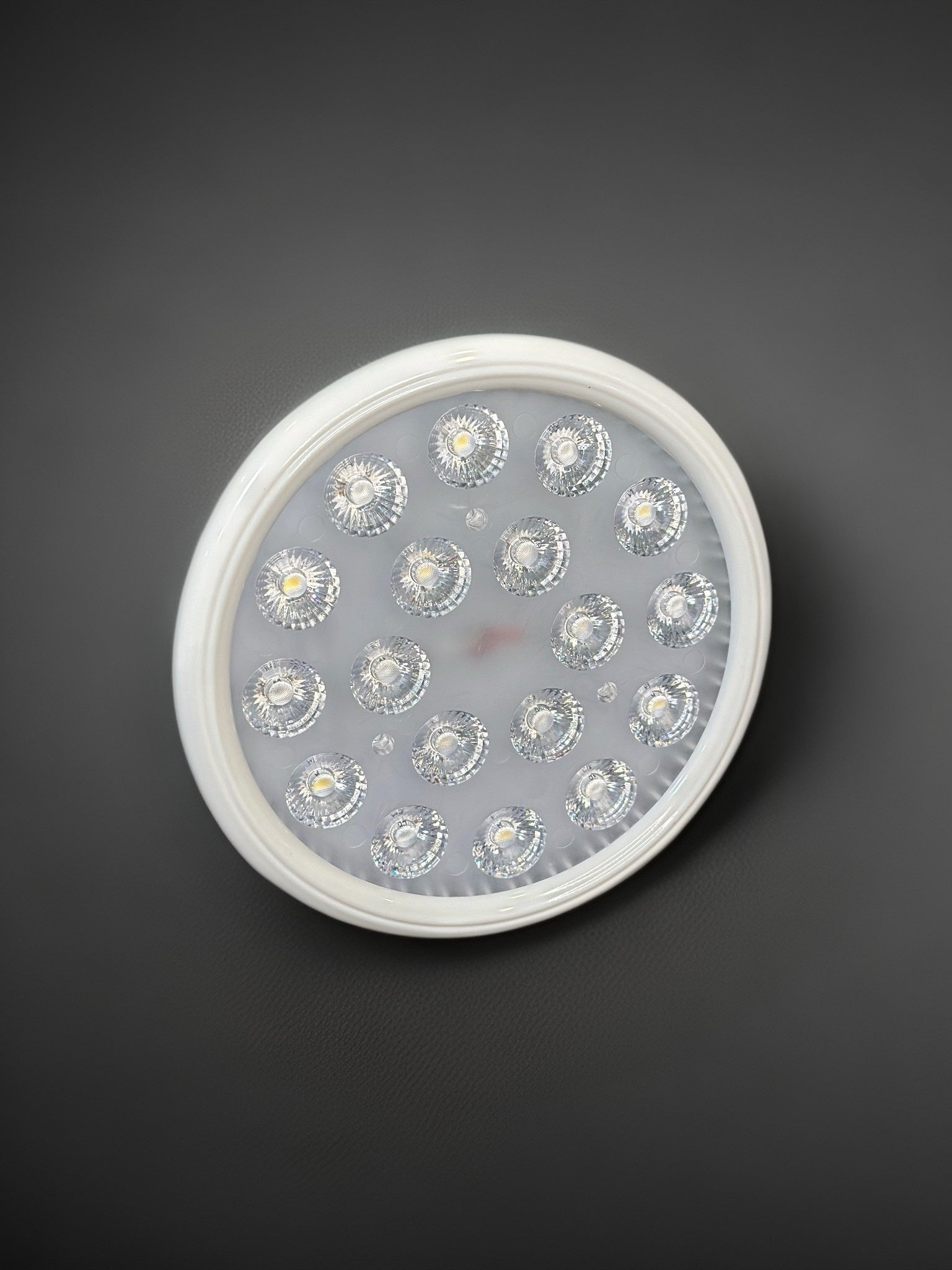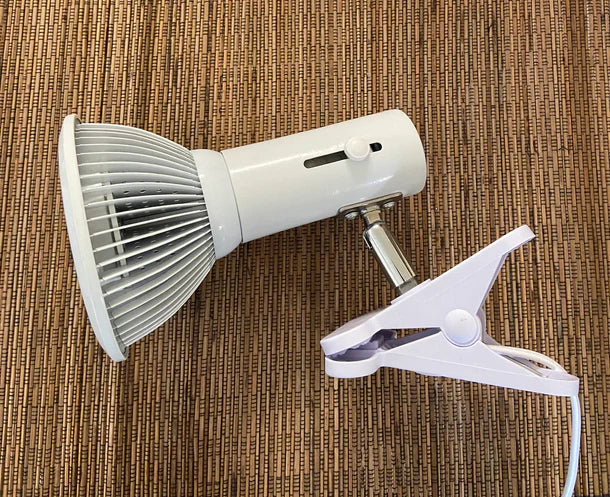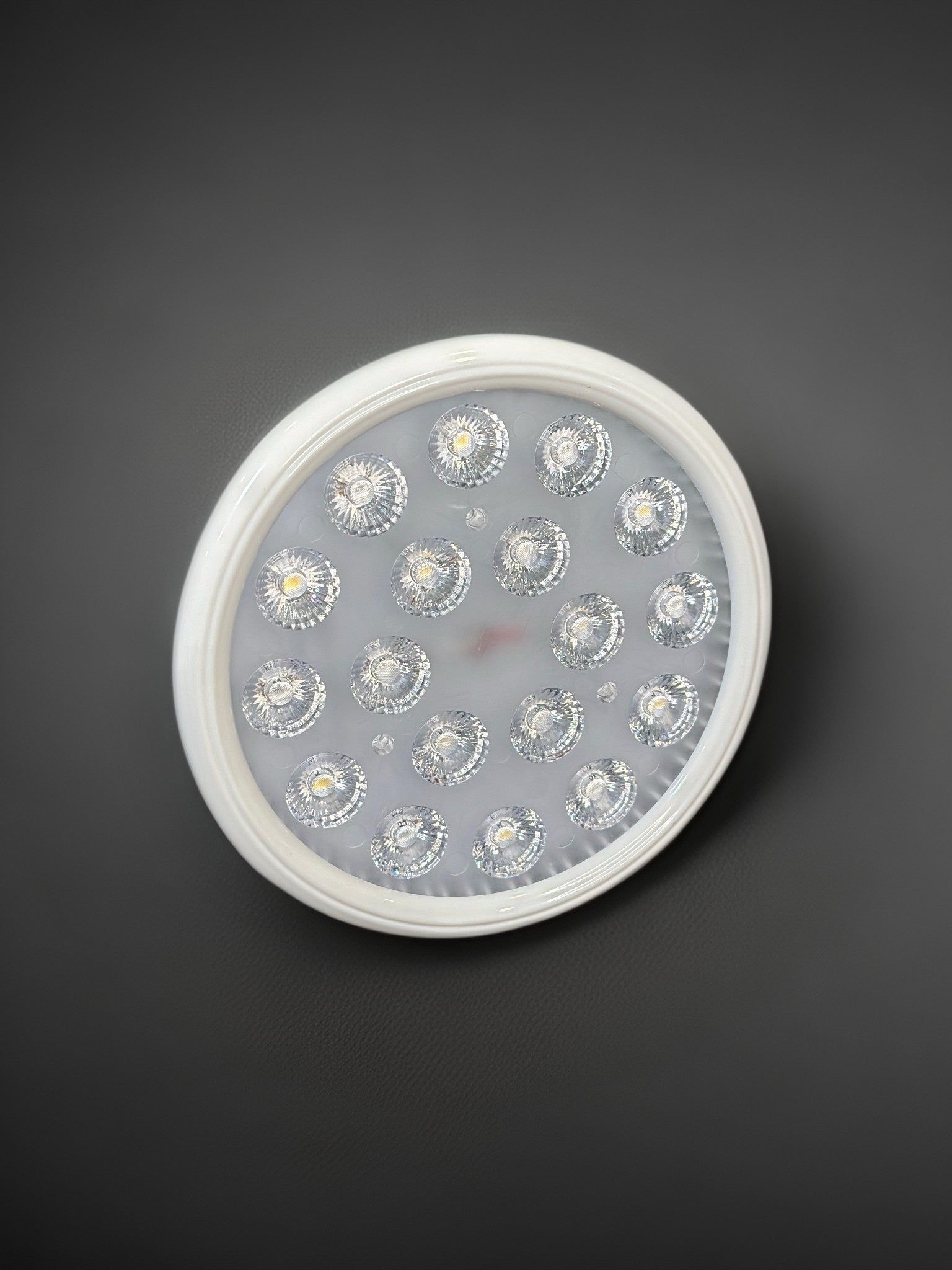SOLshine Photo Nutrition includes both visible and essential invisible wavelengths.
Combining full-spectrum light and near-infrared (NIR) light can have significant benefits for regulating circadian rhythms and improving overall health and well-being. This approach leverages the natural power of light to optimize our biological processes. Full-spectrum light, which closely mimics natural sunlight, contains all visible wavelengths as well as some ultraviolet (UV) and infrared light. It plays a crucial role in setting and maintaining our circadian rhythms.
Exposure to full-spectrum light, especially in the morning, helps suppress melatonin production and increase alertness, signaling to our bodies that it's time to be awake and active. Near-infrared light, on the other hand, has been shown to have beneficial effects on cellular function and overall health. NIR light can penetrate deeper into tissues than visible light, potentially affecting mitochondrial function and cellular energy production. While NIR light doesn't directly impact circadian rhythms in the same way as visible light, its effects on cellular health indirectly support overall circadian function.The combination of full-spectrum and NIR light offers several potential benefits:
- Enhanced circadian entrainment: Full-spectrum light helps synchronize our internal clock with the external environment, while NIR light supports the cellular processes underlying this synchronization.
- Improved sleep quality: Proper exposure to full-spectrum light during the day can lead to better sleep at night. NIR light therapy has also been associated with improved sleep quality in some studies.
- Increased daytime alertness: Full-spectrum light suppresses melatonin production during the day, promoting wakefulness. NIR light contributes to increased cellular energy production, potentially enhancing overall energy levels.
- Mood regulation: Both full-spectrum light and NIR light have been associated with improvements in mood. Full-spectrum light is often used to treat seasonal affective disorder, while NIR light may have mood-enhancing effects through its impact on cellular function.
- Cognitive performance: Proper circadian entrainment from full-spectrum light exposure can lead to improved cognitive function. NIR light also supports brain health through its effects on cellular energy production and reduction of oxidative stress.
- Skin health: NIR light has been shown to have beneficial effects on skin health and wound healing.
To harness these benefits, it's important to consider the timing and intensity of light exposure. Morning exposure to bright, full-spectrum light is particularly effective for circadian entrainment. This could be achieved through natural sunlight exposure or the use of SOLshine Photo Nutrition devices. NIR light therapy could be incorporated at various times throughout the day, as its effects are not as time-dependent as those of visible light.
In conclusion, integrating both full-spectrum and near-infrared light into daily routines offers a comprehensive approach to supporting circadian rhythms and overall health. This strategy aligns with our evolutionary relationship with sunlight, potentially providing benefits that extend beyond circadian regulation to overall cellular health and well-being.

